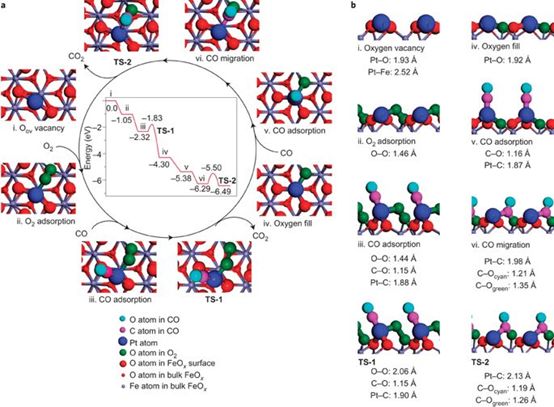Theoretical calculations in Nature
QQ Academic Group: 1092348845
Detailed
From the top of the 10 Nature series, see how theoretical calculations show great power!
High-quality scientific research results often come from the most essential exploration of scientific issues, so theoretical research is especially important in addition to experimental research. Theoretical calculations can simulate substances at the most basic level, revealing phenomena in chemistry, nanosystems, and materials. We have compiled 10 articles in the field of materials and chemistry published in Nature and its publications for computational simulations for your reference.
1. 张涛课题组 Nature Chemistry: FeOx负载的单原子铂(Pt)催化剂用于CO氧化反应
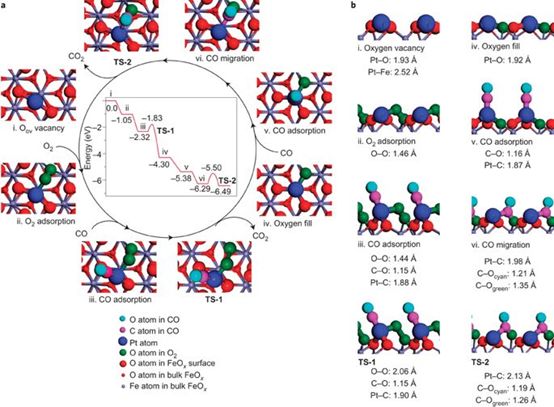
Qiao B, Wang A, Yang X, et al. Single-atomcatalysis of CO oxidation using Pt 1/FeO x[J]. Naturechemistry, 2011, 3(8): 634.
2.郑南峰课题组NatureCommunications:STM+DFT模拟研究金属纳米团簇
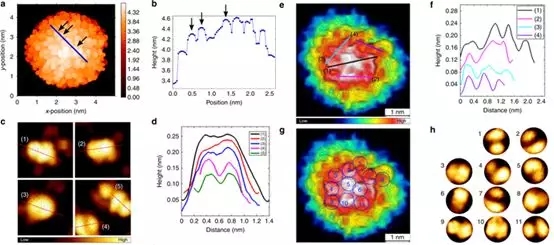
Zhou Q, Kaappa S, Malola S, et al.Real-space imaging with pattern recognition of a ligand-protected Ag 374nanocluster at sub-molecular resolution[J]. Nature communications, 2018, 9(1):2948.
3. Nature Chem.:理论计算验证和帮助实验“表征”过渡态
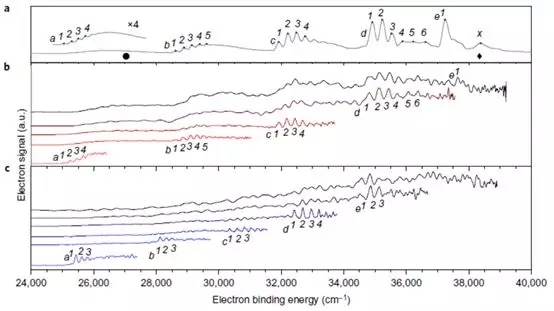
Weichman M L, DeVine J A, Babin M C, et al. Feshbachresonances in the exit channel of the F+CH3OH→ HF+CH3O reaction observed usingtransition-state spectroscopy[J]. Nature chemistry, 2017, 9(10): 950-955.
4. Thomas Bligaard和Jens K. Nørskov课题组Nature Communications:机器学习和DFT计算用以解决表面反应复杂性
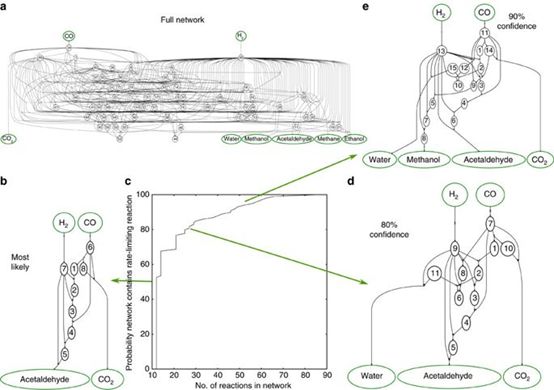
Ulissi Z W, Medford A J, Bligaard T, et al.To address surface reaction network complexity using scaling relations machinelearning and DFT calculations[J]. Nature communications, 2017, 8: 14621.
5. 方海平等课题组 Nature: 利用阳离子控制层间距精确订装氧化石墨烯膜

Chen L, Shi G, Shen J, et al. Ion sievingin graphene oxide membranes via cationic control of interlayer spacing[J].Nature, 2017, 550(7676): 380.
6. Nature Materials:想要更好的C-H键活化催化剂?你得懂点理论计算

Latimer A A, Kulkarni A R, Aljama H, et al.Understanding trends in C–H bond activation in heterogeneous catalysis[J].Nature materials, 2017, 16(2): 225.
7. Jianwei Miao 课题组 Nature:在单原子水平上解密化学有序/无序态同材料性质的关系

Yang Y, Chen C C, Scott M C, et al.Deciphering chemical order/disorder and material properties at the single-atomlevel[J]. Nature, 2017, 542(7639): 75.
8. Nature Materials:PbS和PbSe量子点中的晶格扭曲
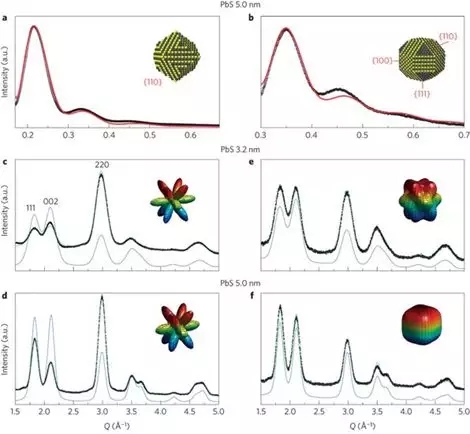
Bertolotti F, Dirin D N, Ibáñez M, et al.Crystal symmetry breaking and vacancies in colloidal lead chalcogenide quantumdots[J]. Nature materials, 2016, 15(9): 987.
9. 郭万林&周军Nature Nanotechnology: 纳米碳材料表面的水蒸发能够产生电能
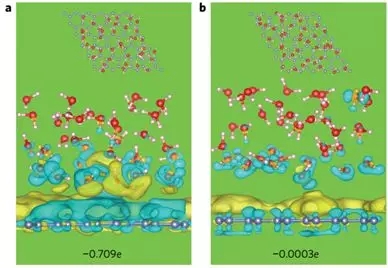
Xue G, Xu Y, Ding T, et al.Water-evaporation-induced electricity with nanostructured carbon materials[J].Nature nanotechnology, 2017, 12(4): 317.
10. Wonbong Choi团队Nature nanotechnology:2D MoS2作为锂金属负极的保护层

Cha E, Patel M D, Park J, et al. 2D MoS2as an efficient protective layer for lithium metal anodes in high-performanceLi–S batteries[J]. Nature nanotechnology, 2018, 13(4): 337.
Thanks to the rapid development of theoretical computational chemistry, the use of computational simulation in material chemistry research is increasingly widespread and in-depth. The scientific research field has gradually formed a research model of “precision preparation-theoretical simulation-advanced characterization”, and it is this combination of experimental and computational simulation that adds to the reliability and rigor of the paper, and can often be more widely available. Recognition.
- Previous: catalytic research
- Next: 1


 About us
About us
